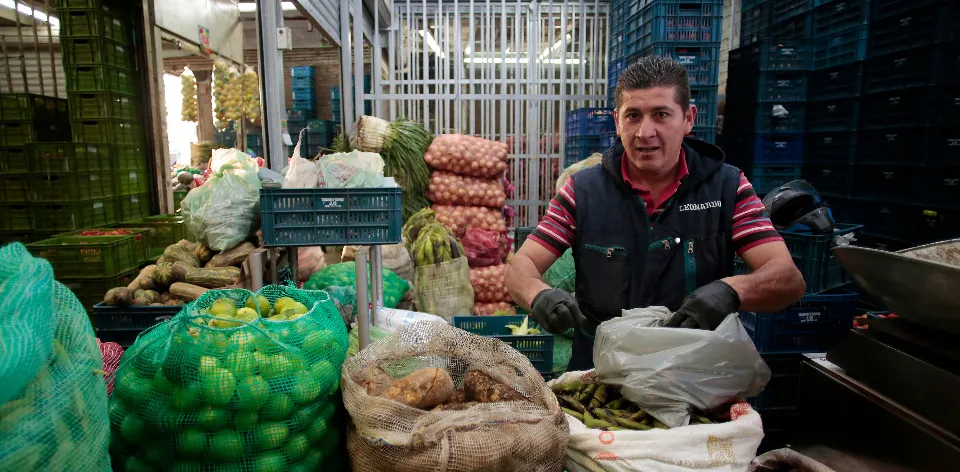 21/8/2024
21/8/2024
In July 2024, 622,415 tons of food were delivered to the main wholesale markets in the country

Food supply significantly increased in cities like Tibasosa (56.8%), Valledupar (46.9%), Sincelejo (29.3%), and Montería (28.1%), establishing these regions as key players in food distribution in Colombia.
Bogotá D. C., (@Minagricultura, @UPRAColombia, @claudialili76). According to the Food Supply and Security Bulletin from the Rural Agricultural Planning Unit (UPRA), in July 2024, the food supply in the main wholesale markets of the country registered a 9.8% increase compared to the same month of the previous year, reaching a total of 622,415 tons. This growth was widespread across all food groups, with a notable 19.6% increase in fruit supply and a 16.5% increase in grains and cereals.
Claudia Cortés, director of UPRA, highlighted the importance of these results: "The sustained growth in food supply reflects the strength of our supply chains and the ability to respond to demand. This increase not only ensures food security but also boosts the economy at both local and regional levels."
In addition to overall growth, the report reveals a significant increase in food supply in several cities across the country. In Tibasosa, Valledupar, and Sincelejo, food supply increased by 56.8%, 46.9%, and 29.3%, respectively, consolidating these cities as key centers for food distribution in Colombia. This positive trend extends to other regions, as evidenced by Montería (28.1%) and Manizales (27.2%).
No food group showed a decrease in supply, indicating recovery and stability in supply chains. This positive trend not only strengthens product availability in the country but also serves as an engine of economic growth in the regions.
This strong performance in food supply is a positive sign for the country, ensuring food availability and the well-being of communities.

